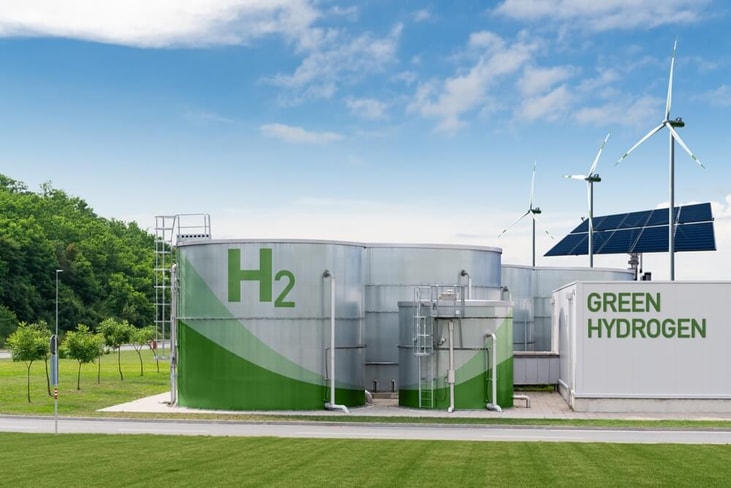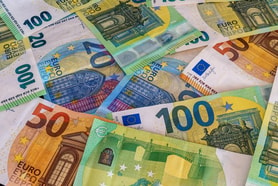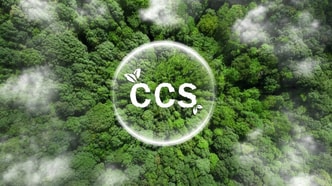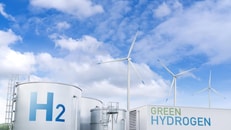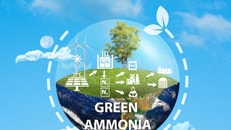German Government backs Namibia’s $10bn Hyphen green hydrogen project
Namibia’s ambitious green hydrogen endeavour, the Hyphen development scheme, has received a major endorsement from the German government.
Berlin formally recognised the Hyphen project as a strategic foreign initiative, affirming its eligibility for targeted support.
The Hyphen Hydrogen Energy project is a joint venture between Namibian-registered company Nicholas Holdings and German energy giant Enertrag.
Experts view it as a catalyst for establishing a robust green hydrogen industry in the Southern African nation, with far-reaching implications for global decarbonisation efforts.
... to continue reading you must be subscribed

